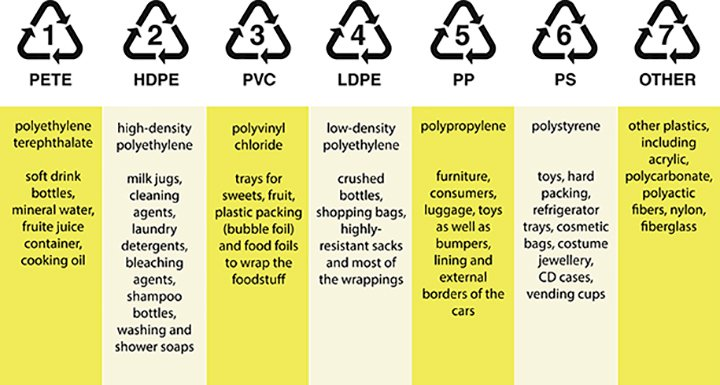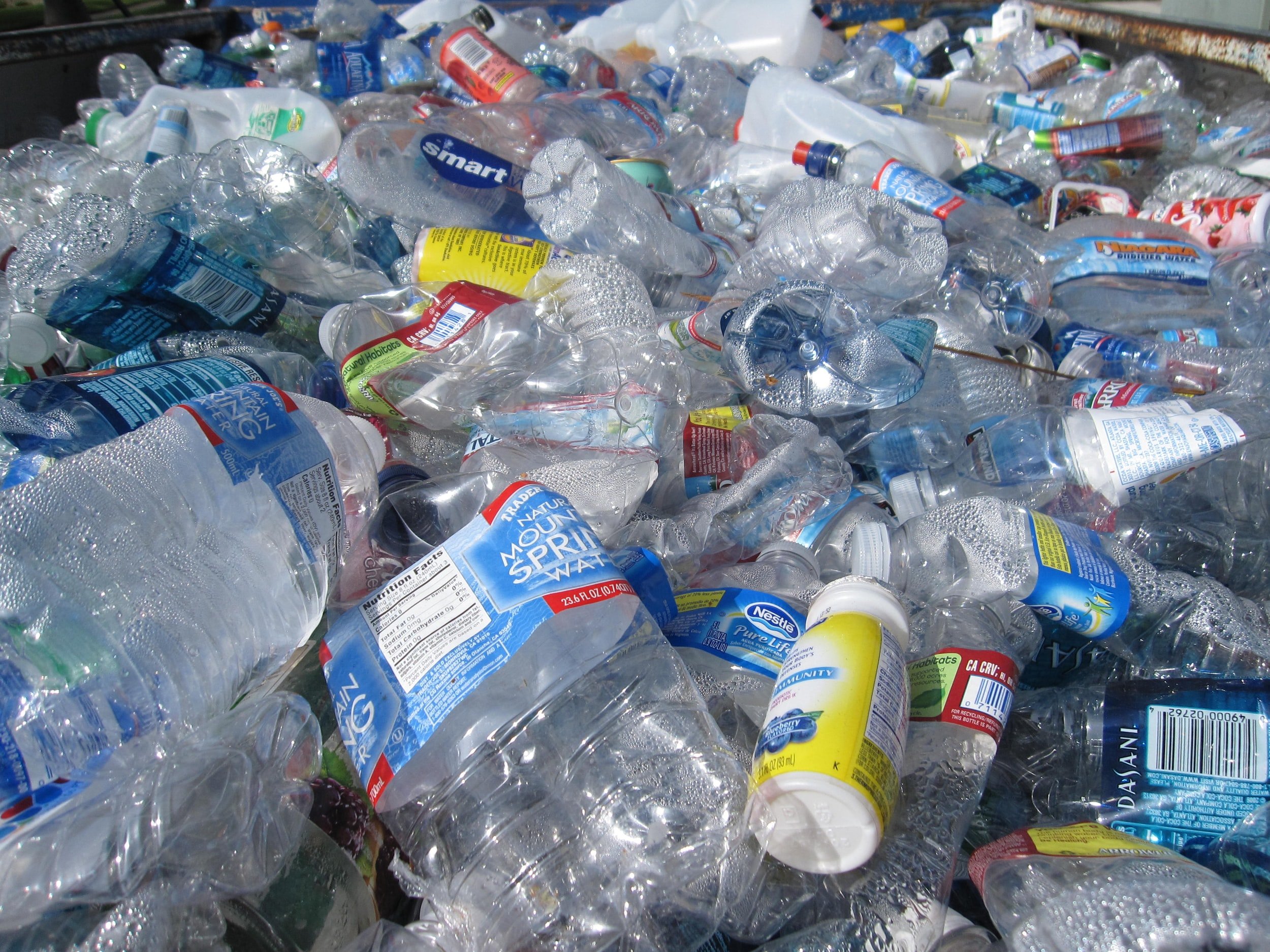Plastic, Not So Fantastic: Part 2!
Recycling plastic can be a confusing task for many people. Our current system relies on numbers to identify different plastic types so we can recycle our materials accordingly. This blog post is dedicated to breaking down what those pesky numbers mean and how we can utilise them to dispose of our waste responsibly.
Thermoplastics are a plastic polymer material that becomes pliable or moldable at a certain elevated temperature and solidifies upon cooling.
They are mostly used for packaging our common household items. Thermoplastics are flexible which is what makes them “good” for containing beverages, food items and cosmetic products. The handy thing about thermoplastics is they are well coded and labelled with numbers to aid the recycling process. While we believe we should be moving away from plastic production, use and disposal on a global scale (especially here in Aotearoa) - we also acknowledge that recycling is part of a Zero Waste hierarchy. While it may be low on the priority list when it comes to Refusing, Reusing, Reducing and Rethinking our waste stream - it is important to know what’s up when it comes to recycling our preexisting plastic.
The Numbers 1 - 7
Numerical Code 1:
Plastic Composition - Polyethylene Terephthalate (PET(E))
Common uses:
Fibres for clothing
Containers for food and beverages made by injection moulding
Pharmaceutical and make-up containers
Can go in your yellow recycling bin, once washed and lids removed
Numerical Code 2:
Plastic Composition - High-Density Polyethylene (HDPE)
Common uses:
Water Bottles
Milk Bottles
Cleaning Products
Personal Cosmetics
Ice cream containers
Can go in your yellow recycling bin, once washed and lids removed
Numerical Code 3:
Plastic Composition - Poly Vinyl Chloride (PVC)
Common uses:
Packaging/Wraps e.g. plastic takeaway containers
Chemical Dispensers
Plumbing Pipes
Flexible Packaging/Bags
Numerical Code 4:
Plastic Composition - Low-Density Polyethylene (LDPE)
Stretch Film - Cling Film and Glad Wrap
shrink Wrap
bubble wrap
zip-lock bags
grocery bags
squeezable bottles
milk carton coating
Often difficult to recycle - must remain uncontaminated by food. Can sometimes be accepted by soft plastic recycling schemes but please check first.
Numerical Code 5:
Plastic Composition - Polypropylene (PP)
Common uses:
Hard Containers
Medicine Bottles
Takeaway Containers
Bottle Caps
Refrigerated Food Containers
Plastic Cutlery
Can go in your yellow recycling bin once washed and lids removed
Numerical Code 6:
Plastic Composition - Polystyrene (PS) and Expanded Polystyrene (EPS).
Common uses:Styrofoam Cups
Plastic Plates/Cutlery
Food Containers e.g. sushi packs
Meat Trays, Protective Foam Packaging
CD Cases, Small Hard-wearing Bottles
Cable Spools
Toys
Polystyrene can be made into rigid (PS) or foam products (EPS – like Styrofoam)
Numerical Code 7:
Plastic Composition – Other (Composite)
Common uses:
Milk/Fruit Juice Cartons
Oven Bags
Roofing
Cases
Note - This hard plastic is often present in children's toys and bottles. Studies have shown it can leach potential hormone disruptors (such as BPA-Bisphenol A) which negatively affect our tamariki and anyone else they come into contact with.
Thermoplastics can be melted down and recycled as their molecules have a rather weak attraction between the chains of molecules. This means the plastic can be repeatedly melted down, reshaped and reused. While this kind of plastic is easier to recycle, it is important to note that most councils do not accept a variety of thermoplastics via their domestic recycling programmes. If you are an Ōtepoti resident, be sure to check out the Dunedin City Council’s criteria for recycling here.
There are also many compostable plastics available that are not classified as recyclable due to being made from ‘renewable biomass’ rather than petrochemical resources. To read a full breakdown of all the kinds of plastics and the issues faced during the production, use and disposal process - check out our comprehensive blog here.
As above in Dunedin we only collect numbers 1, 2 and 5 so if you are choosing plastics choose ones that CAN be recycled at the very least. But we always advocate for refusal first because it is at the top of the zero waste hierarchy.
xxx




